So just imagine my delight when my darling wife got me the 1970 and '71 New York Art Directors Annuals last Christmas. Woohoo! I was thrilled!
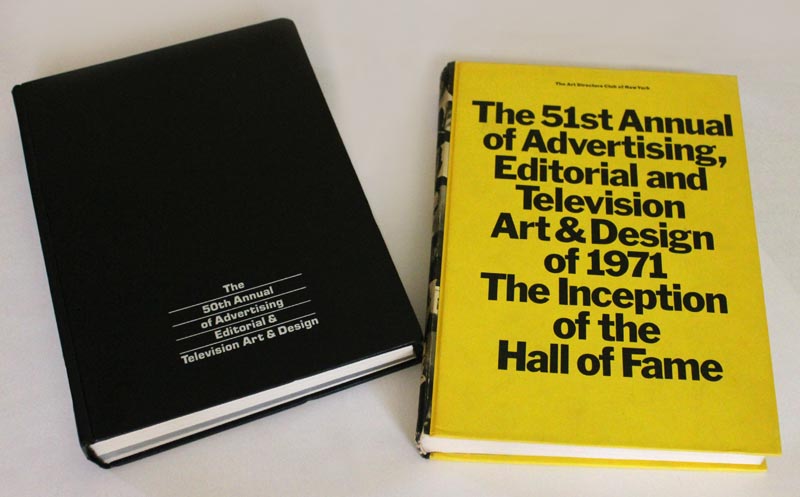
These two books were quite a revelation. For one thing, they are entirely devoid of anything remotely resembling traditional narrative illustration.
Among all the hundreds and hundreds of pages of "the best in advertising and editorial art and design" in 1970 and '71 there is not even a hint of Bernie Fuchs or Bob Peak or any other illustrators who dominated the commercial art business during the '50s and '60s.
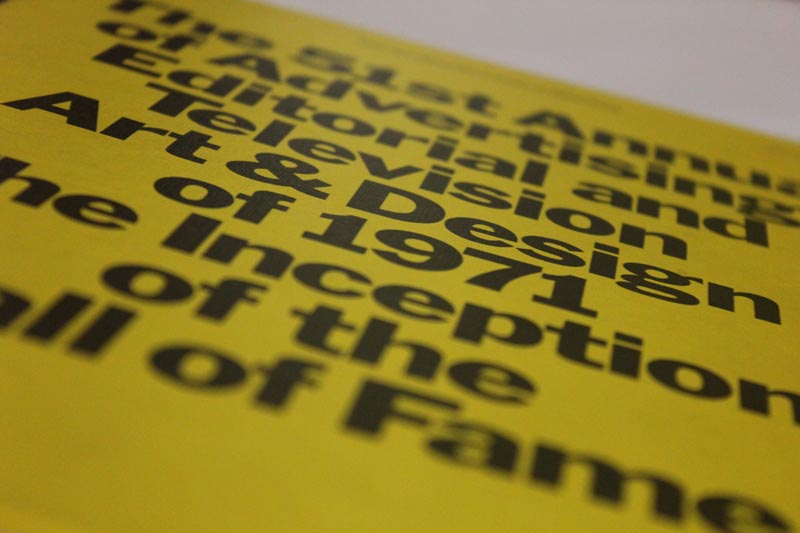
What happened? Where did all the celebrated illustrators of the mid-century - the Al Parkers, the Joe Bowlers - go?
(Hint: the men below had something to do with it)
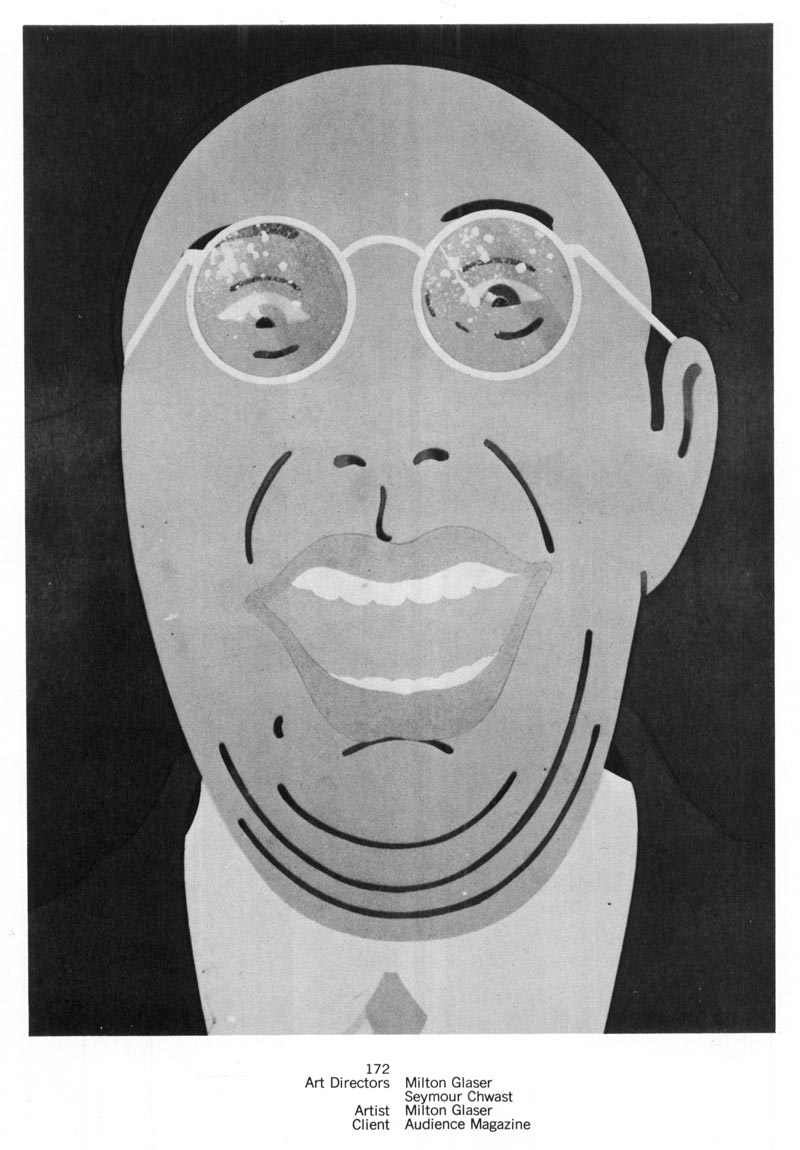
I needed someone really knowledgeable about the history of illustration to explain it to me, so I called my friend, Murray Tinkelman. After all, Murray was on the front lines as it all unfolded.

And for over thirty years now he's been teaching it at the university level.
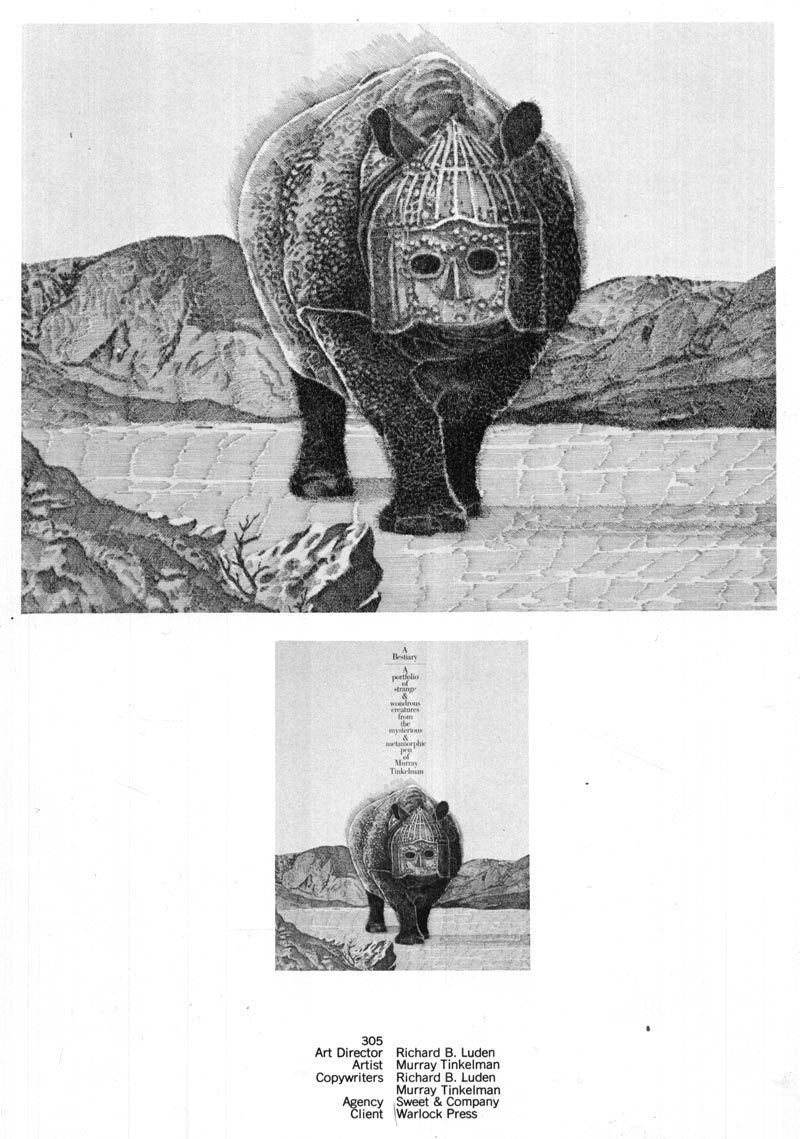
(Interesting aside: of all the esteemed artists who once worked at New York's mighty Cooper Studio back in the '50s and early '60s, Murray is the only one whose work made it into the 1971 AD Annual -- both the pieces above were included.)
So based on my observation flipping through these two volumes, the kind of work showcased in the 1970 and '71 NYAD annuals can broadly fit into one of three categories:
type-only designs...

... designs utilizing photography...

... and designs either by - or influenced by - Pushpin Studios.
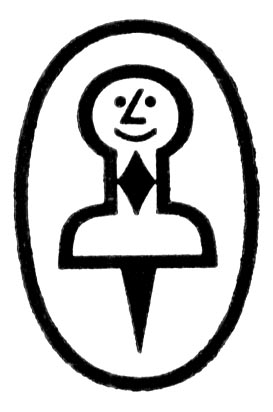
When I posed this observation to Murray he said, "You're right - but they weren't the only ones."
"There were a bunch designer/art director/illustrators and that was all happening around the late '50s and early '60s - and that went well into the 1970s - but Pushpin was the "big dog."
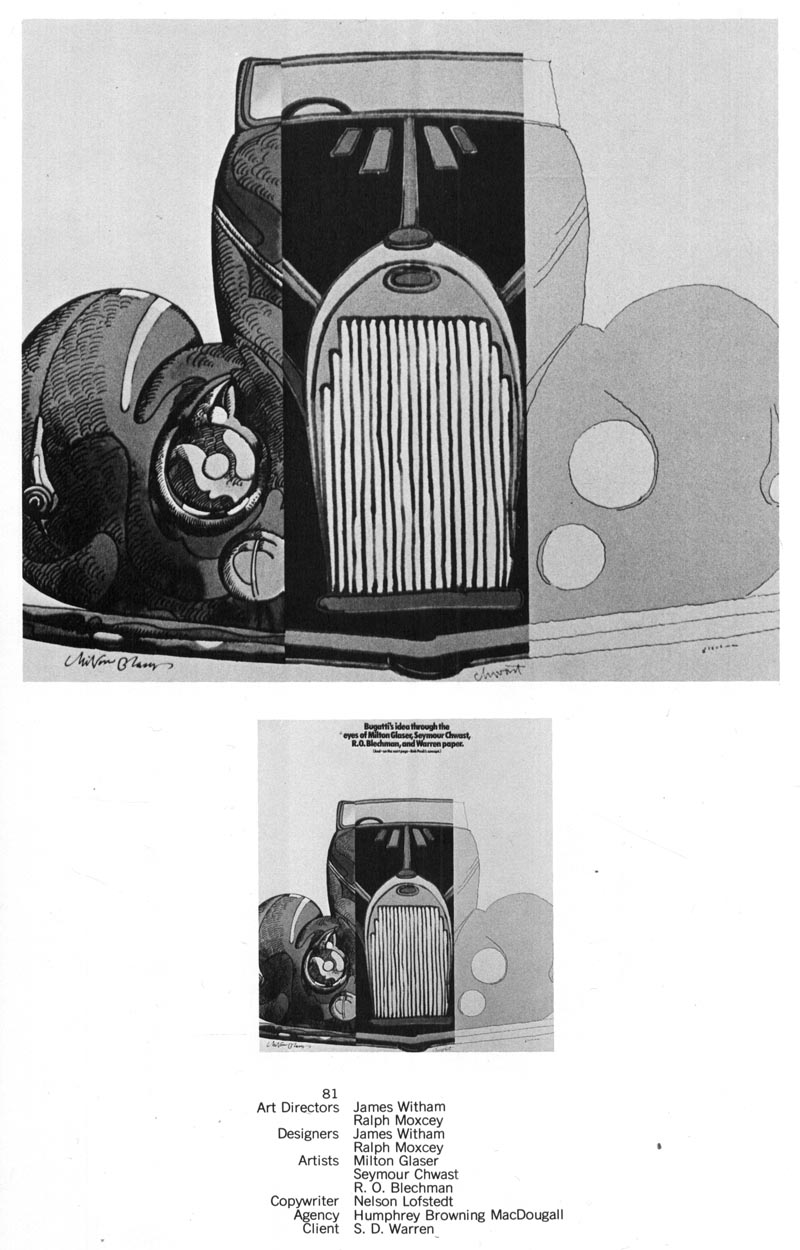
Murray continued, "They started in the early '50s with four or five guys; Milton Glaser, Edward Sorel, Seymour Chwast and Reynold Ruffins.
(Below, photo from American Artist magazine, 1958)
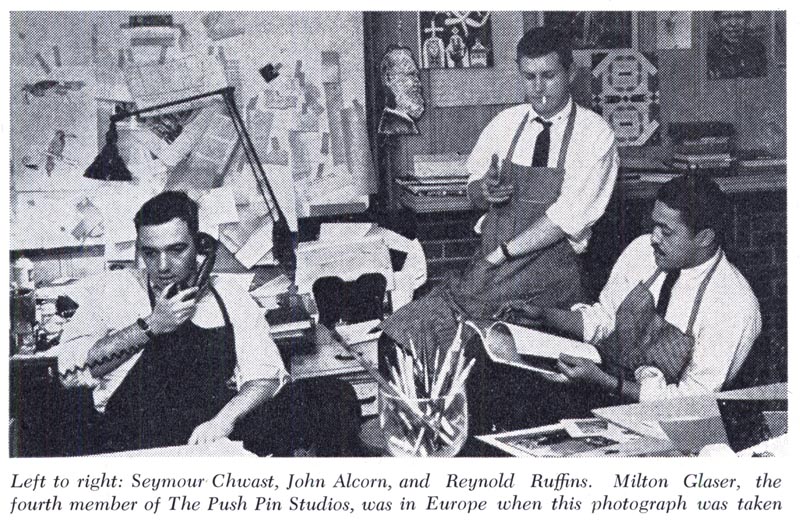
"Then, through the years, they took on other people of a like mind: Isodore Seltzer, Barry Zaid and John Alcorn, for instance."
(Below, photo from the 1969 Pushpin Studios Exhibit booklet)

"In many ways," said Murray, "I liked John Alcorn best. The piece he did for Eve Cigarettes?"

"Wow, what a great, great piece that was."
(Below, John Alcorn, New York Art Directors Annual, 1970)
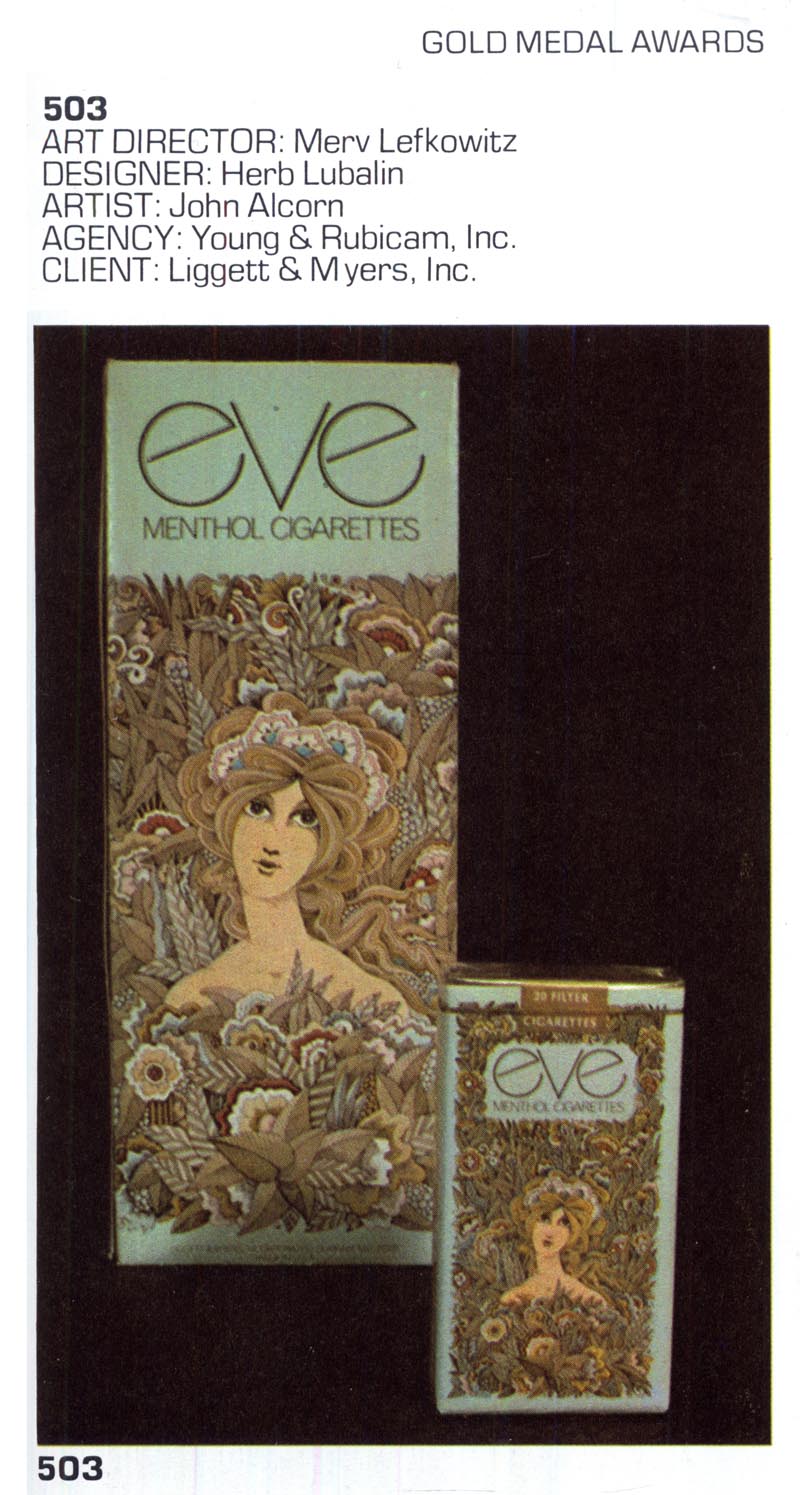
"I don't know how influential Alcorn was on other people, but he was terribly influential on me.
(Below, John Alcorn, publication and date unknown)
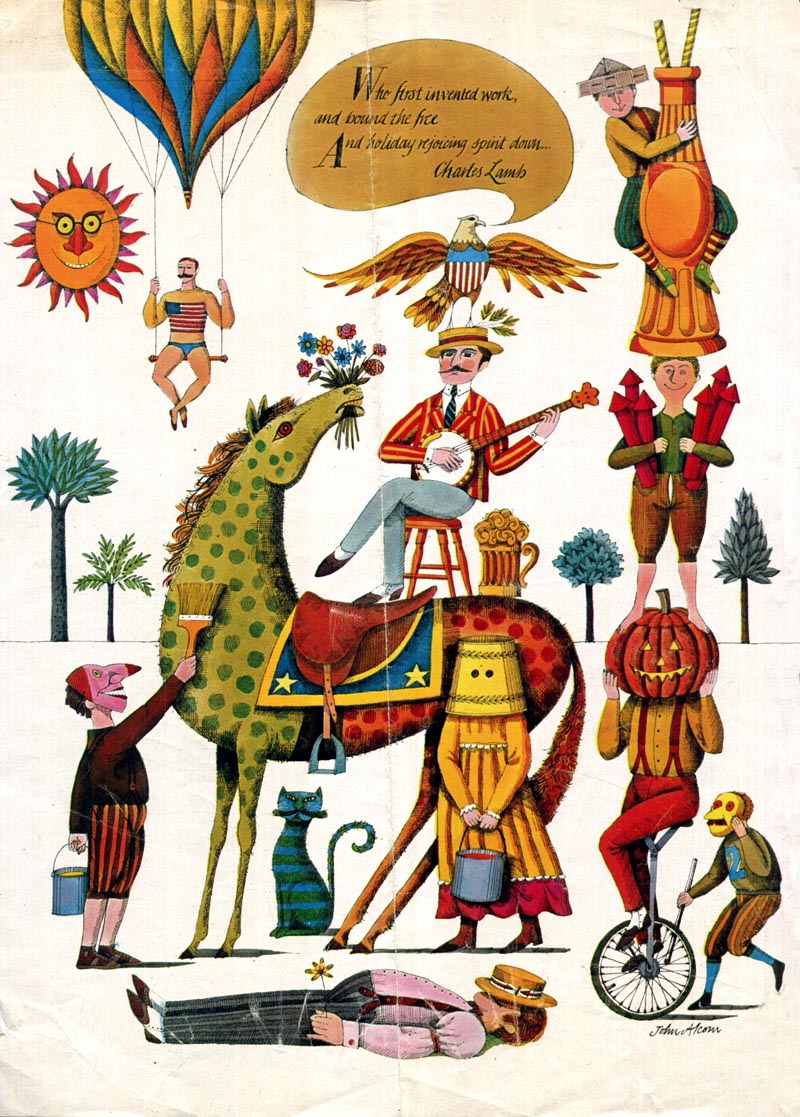
"There was a spread he did one Christmas for McCall's that was a series of panels that was one of the greatest pieces of decorative illustration I've ever seen."
(Below, John Alcorn DPS from McCall's, December 1962)
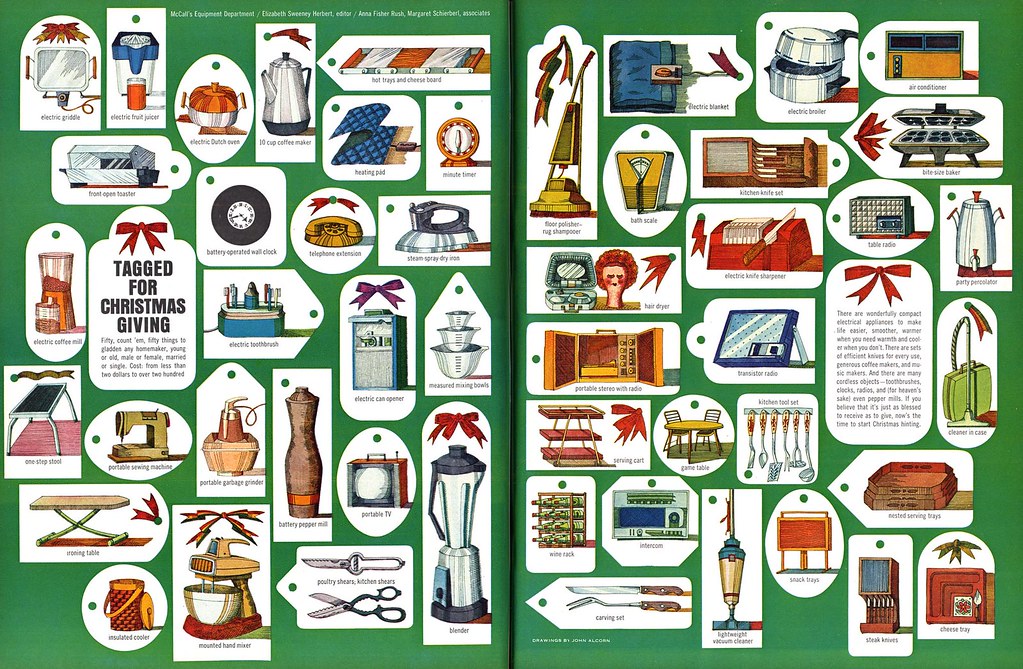
Trying to get at the roots of the early '70s look - the flat, graphic style, the bright colours, the simplification of shape and a certain undeniable 'cartooniness', a tip of the hat to Art Deco and Art Nouveau... all of this and more... I asked Murray to enlighten me further.
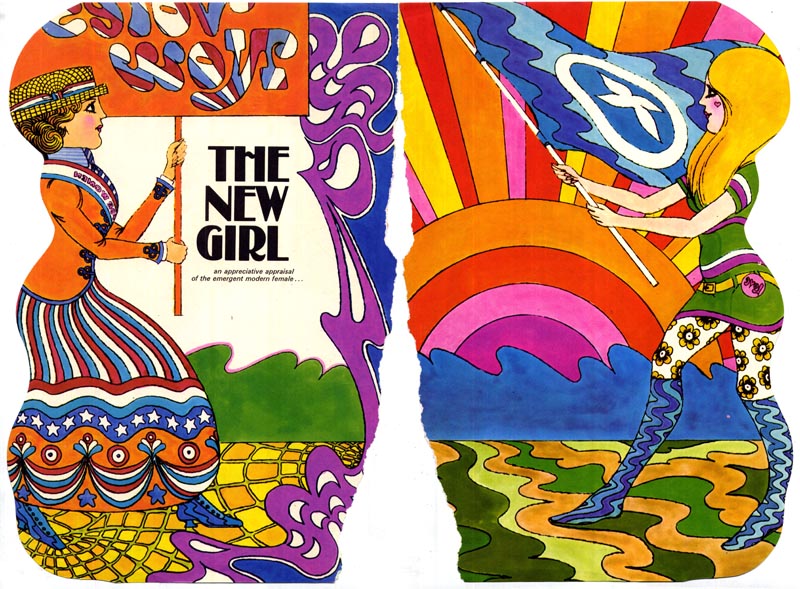
"That was Pushpin," he stated matter-of-factly. "Pushpin used the whole history of graphic design as a palette. One day they'd be Victorian and the next day they'd be Art Deco and then Art Nouveau... and they absorbed all of these "isms" - all of these design styles - into their own lexicon."
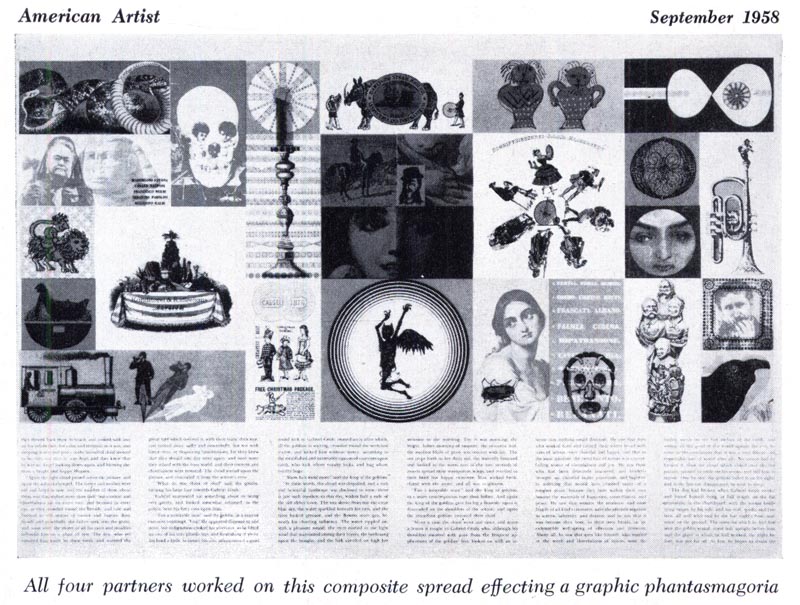
But what about these other designer/art director/illustrators who also helped shape the changing 1970s graphic arts landscape?
I asked Murray for his thoughts on Peter Max; about how responsible Max was for steering the "Pop Art" trend that seems to have overwhelmed illustration in the late '60s.
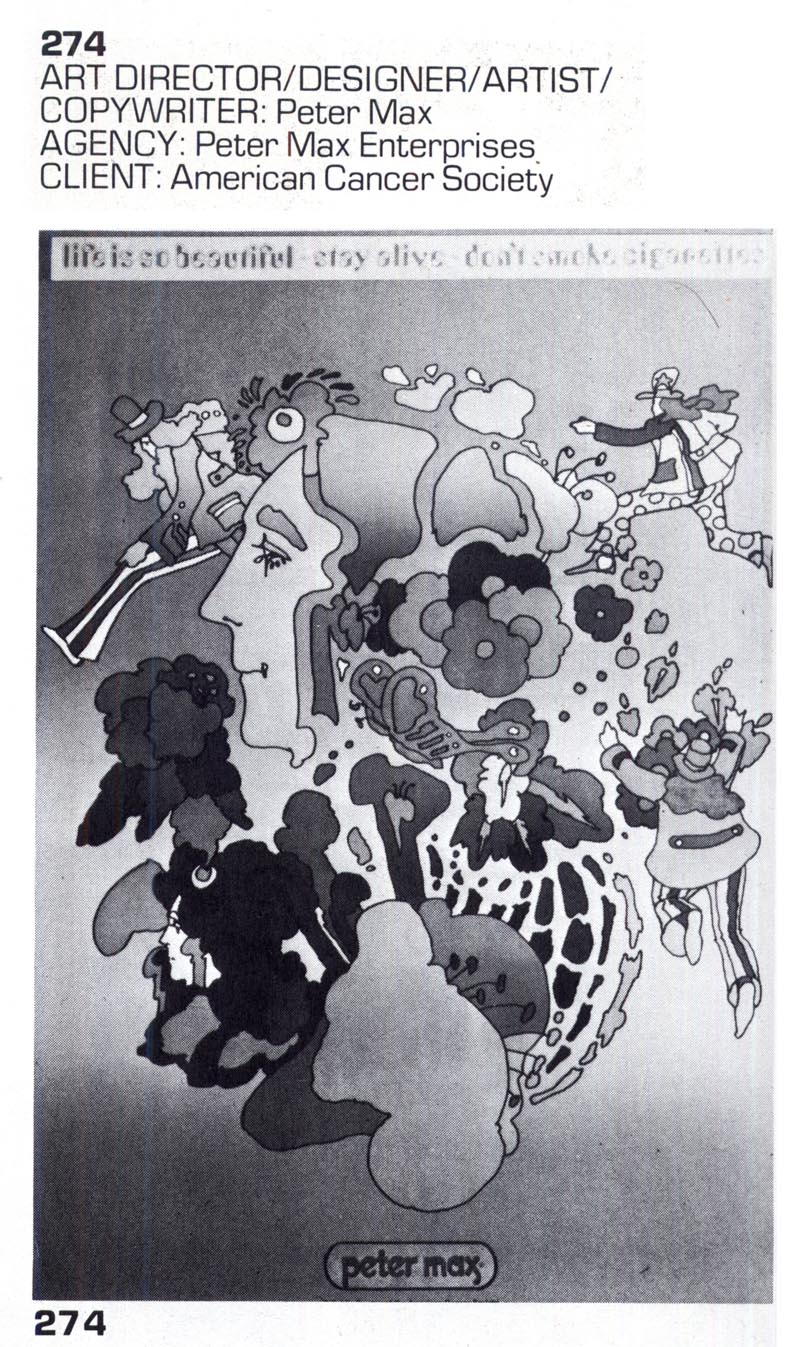
He replied, "Peter Max was a huge player. I have to blush when I say it now, because I show his work when I talk about the 1960s. I loved his stuff in the 1960s. He was the most ubiquitous image maker of the period.
(Below, Peter Max Life magazine cover, 1969)

Murray quipped, "His work was on everything but toilet paper."
Continued tomorrow
* Murray Tinkelman has won Gold Medals from The Society of Illustrators, The New York Art Directors Club and The Society of Publication Designers. He has over 200 Awards of Merit from The Society of Illustrators. Murray is the director of Hartford Art School’s limited-residency Master of Fine Arts in Illustration program.









Post a Comment